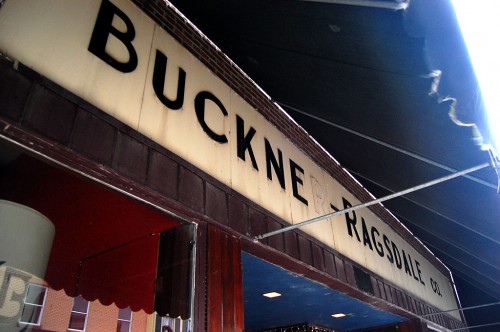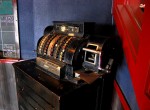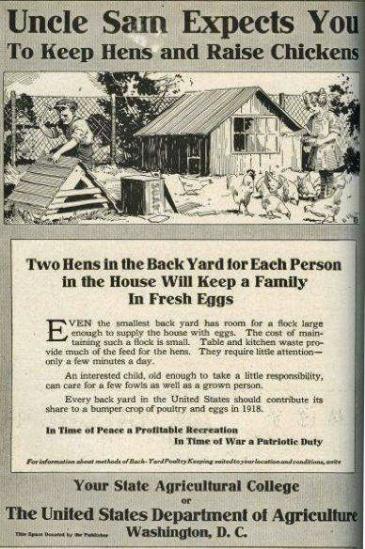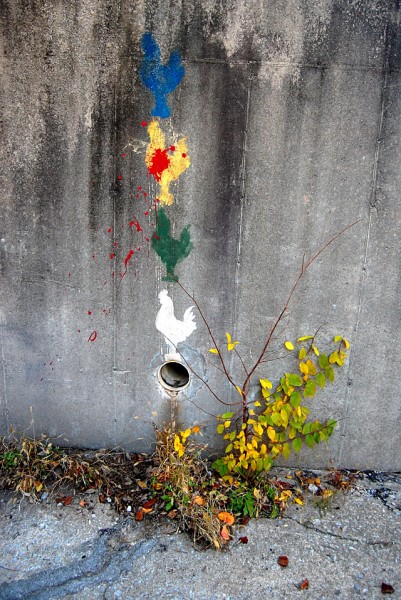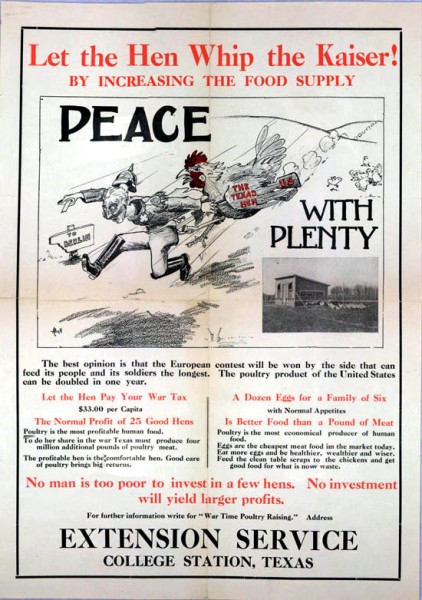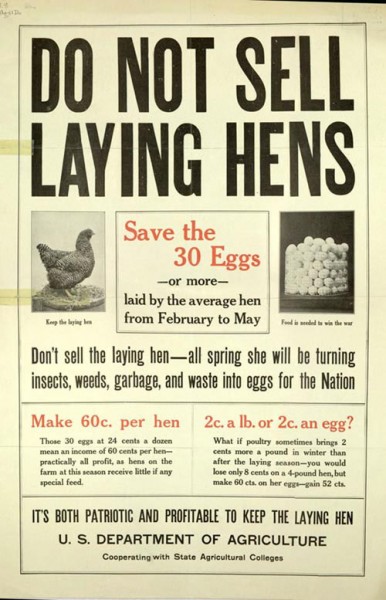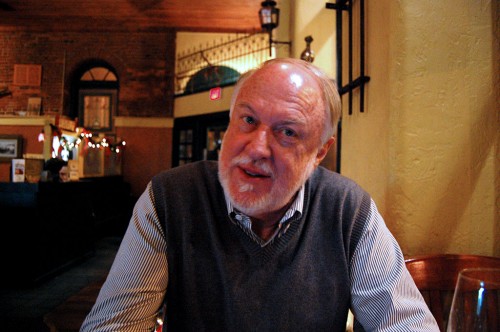 Jim Stone, Shari Stiver and I had our own mini-reunion October 2010 after the big official one. We promised to do it again. Jim had something come up that kept him from coming Octoberish, but I was lucky enough to still be in town the first part of December, when he could make it. We thought we’d give it another shot.
Jim Stone, Shari Stiver and I had our own mini-reunion October 2010 after the big official one. We promised to do it again. Jim had something come up that kept him from coming Octoberish, but I was lucky enough to still be in town the first part of December, when he could make it. We thought we’d give it another shot.
Right before we were to get together, though, Shari said she was suffering from a bout of bronchitis and wouldn’t be able to make it. We tried all kinds of entreaties.
- Brother Mark and his friends had just finished baking hundreds of cookies; he’d send a sample of those down with her.
- Jim offered to pick her up and drive her to Cape.
- I offered to go half on a bottle of oxygen to keep her alive.
Finally, on Friday, it looked like she might make it, but, alas, she cancelled on us at the last minute.
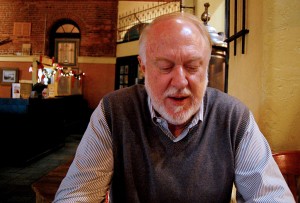 “Jim, do you think this is the 2011 version of when she used to tell me, “I’d love to go out with you, but Friday night is the night I wash my hair?”
“Jim, do you think this is the 2011 version of when she used to tell me, “I’d love to go out with you, but Friday night is the night I wash my hair?”
He was kind enough not to answer me, because I think I already knew the answer.
So, anyway, we spent the afternoon roaming around. Late in the afternoon, I spotted that the back door at Central High School was open. He hadn’t been back in the place in decades, so I said, “Let’s go.”
(I subscribe to the Roger Miller King of the Road Theory: “I know…every lock that ain’t locked when no one’s around” when it comes to this kind of thing.
Wandering the hallways naked
“I’m from Florida. You’re from Boston. We’re old and confused. We’ll just tell anybody that asks that we’re late for our math final and we can’t find our lockers and that’s why we’re roaming the hallways naked.” (Recurring dream / nightmare.)
Jim was properly impressed with the quality of upkeep. (We did note some peeling paint in the stairwell leading up to the auditorium stage.) I tried to convince Jim that we should go up to the third floor to his old haunts in the science department. He was reluctant to explore too far. He’s done some work for the State Department, so he might know more about rendition flights and whether they apply to people snooping around in old high school buildings than I do. We wiped our fingerprints off and exited the building, speaking to a number of people on our way out who didn’t give us a second look.
Jim wanted to cruise downtown to see if there was any life after dark, so we ended up at Port Cape Girardeau for dinner. I had some fancy-named nachos that were excellent – way better than the taco chips drenched in Velveeta cheese that you usually get.
Neon at Broussard’s
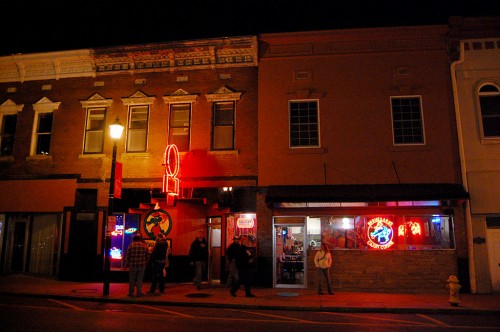 Instead of heading back to the car, I started strolling along Main Street. The neon lights and people on the street in front of Broussard’s Cajun Cuisine caught my eye.
Instead of heading back to the car, I started strolling along Main Street. The neon lights and people on the street in front of Broussard’s Cajun Cuisine caught my eye.
Wow, more neon
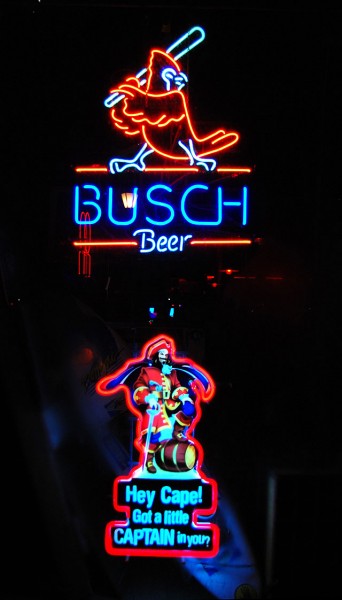 I looked behind me and saw more neon.
I looked behind me and saw more neon.
You’re from Boston?
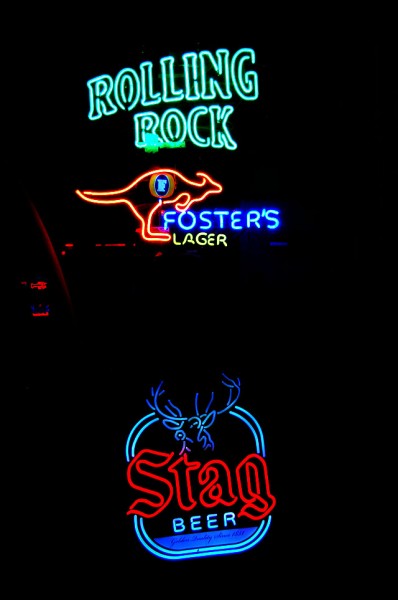 I was just lining up a third shot when I noticed that Jim was huddled in a doorway to get out of the slight breeze that was blowing down the street. “Stone, you’re from BOSTON. How can you be cold?”
I was just lining up a third shot when I noticed that Jim was huddled in a doorway to get out of the slight breeze that was blowing down the street. “Stone, you’re from BOSTON. How can you be cold?”
“If I was in Boston, I’d have warmer clothes. I didn’t remember that Cape could be this cold.”
In fairness, a street thermometer showed the temperature to be about 27 degrees. One weather forecast said that we might experience record low temps for this date, although I don’t remember what the old record was.
So, instead of being able to bring you a nice collection of neon photos from Main Street, I had to put Stone in my van and crank the temperature up to Melt. You know how it is when folks get old. They can’t stand the cold like they once could.
Other Jim Stone stories
 When I was stumbling around trying to find out how to get to the old M.E. Leming Lumber Company, I took a chance on going down LaCruz Street in what used to be Smelterville. I sort of didn’t see a sign that said don’t go here and popped out next to Consolidated Grain and Barge, now labeled CGB. I didn’t realize CGB was such a big deal until I checked out their webpage.
When I was stumbling around trying to find out how to get to the old M.E. Leming Lumber Company, I took a chance on going down LaCruz Street in what used to be Smelterville. I sort of didn’t see a sign that said don’t go here and popped out next to Consolidated Grain and Barge, now labeled CGB. I didn’t realize CGB was such a big deal until I checked out their webpage. CGB is at the end of LaCruz Street, the street that runs from Sprigg, at the bottom, to the river. Look for the two storage bins to the right side of the light-colored lot. The facility just to the left of where the barge is passing is Cape’s Sewage Treatment Plant. Cape LaCroix Creek empties into the Mississippi at the right.
CGB is at the end of LaCruz Street, the street that runs from Sprigg, at the bottom, to the river. Look for the two storage bins to the right side of the light-colored lot. The facility just to the left of where the barge is passing is Cape’s Sewage Treatment Plant. Cape LaCroix Creek empties into the Mississippi at the right.







